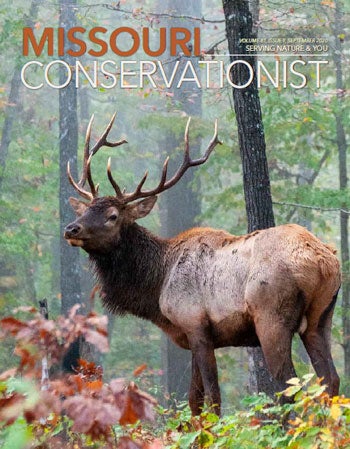When Michael Gortmaker, 15, approaches the shooting line at his Missouri National Archery in the Schools (MoNASP) competitions, he is one of many archers from Columbia’s Gentry Middle School. As he establishes his stance, draws the bowstring and aims, the other archers, coaches, and spectators melt away. His focus is on his arrow and the nearly 5-inch yellow circle 15 meters away.
“One thing I really like about MoNASP is that you have to learn how to focus — to keep everything else out of your mind,” said the third-year MoNASP team member. “It’s a good sport for that.”
While MoNASP’s purpose is to aid students through the development of a lifetime sport, it also plays a role in an even bigger effort — the recruitment of new hunters and anglers.
The 3 R’s
Even the recruitment of new hunters and anglers isn’t a standalone effort, but part of a comprehensive nationwide campaign known as R3 — recruit, retain, reactivate. To stabilize the number of hunters and anglers afield, conservation agencies and outdoor organizations nationwide have embraced the concept of recruiting new hunters, retaining active hunters, and reactivating previously active hunters who have since left the field.
The R3 campaign is driven by the decline in the number of active hunters and anglers afield. The aging of the post-war baby-boom generation, the shift from a rural to urban population, the disruption of the generational hunting and fishing tradition, and the increased competition for people’s time have all contributed to this decline.
But even as the number of hunters and anglers decline, the number of people involved in “non-consumptive” outdoor activities (kayaking, birdwatching, hiking, photography, etc.) has been on the rise. While the two types of activities seem to be distinctly different — and at times oppositional — the decline in hunters and anglers should be of concern to all who enjoy the outdoors.
As consumptive activities, hunting and fishing require permits, while non-consumptive activities are typically void of permit costs. While everyone in Missouri pays the one-eighth of one percent conservation sales tax, hunting and fishing permits provide an additional source of important revenue. The federal Pittman-Robertson and Dingell-Johnson acts place an excise tax on hunting and fishing equipment. Combined, these taxes paid by hunters and anglers support much of the habitat work and many of the programs enjoyed by non-consumptive outdoor enthusiasts.
In addition to supporting conservation efforts through permit fees and taxes, consumptive outdoor enthusiasts play another role — substitute predator. With most of Missouri’s pre-settlement large predators, such as wolves and cougars, gone from the landscape in any significant number, hunters and anglers play a role in controlling wildlife populations through scientifically regulated harvests. Maintaining wildlife populations decreases unwelcome human-wildlife encounters and prevents overpopulation-related issues, such as death from starvation and disease.
More than MoNASP
While new hunter and angler recruitment is ancillary to MoNASP’s primary mission, many MDC programs are developed specifically to introduce non-hunters and non-anglers to consumptive sports. MDC’s Discover Nature — Fishing includes events that provide first-time anglers with the equipment and instruction needed to start the fishing tradition. Because men and boys have been traditionally inclined toward hunting and fishing, other Discover Nature programs focus on connecting families, girls, and women with the outdoors and consumptive sports.
But having the skills and instruction doesn’t always result in a hunter or angler in the field. To help bridge the transition, MDC offers mentored hunts — pairing new youth or adult hunters with experienced volunteers — and specific youth-only seasons for deer and turkey, usually in advance of the regular season, to give youth an opportunity to hunt without the pressure of competing with more experienced hunters.
Furbearers and Facebook
Marijane “MJ” Williams, 31, Ashland, grew up in the outdoors. When she was about 10, her mom would drive her out to the woods, but she had to keep her passion for the outdoors alive on her own. She raised dogs to go hunt raccoons, started bowhunting around 19 years old, tried her hand at turkey hunting, and eventually became interested in trapping.
“I was helping a guy butcher hogs, and he had a bunch of traps hanging on the wall,” Williams said. “That piqued my interest. He gave me some pointers, and I was so excited to get out.”
However, those pointers weren’t quite enough. She gave up on trapping, but couldn’t get it out of her head. Williams found some traps online and cobbled together the supplies to start trapping again. Through social media, Williams found a Facebook page of Missouri trappers. After two seasons of trapping, with limited success, she spent a year improving her gear and diving into researching trapping. Even though she did her research and tried to improve her trapping skills, this Facebook group changed how she looked at trapping.
“I made contacts and learned to ask the right questions,” she said. “I would watch multiple YouTube videos on a topic and see what was common to them all.”
Trapping also changed her perspective with pursuing deer, turkey, and other game. “As a trapper, you have to be aware of everything,” she said. “Trapping has made me a better hunter all around, and I’m a far better scouter than I was before.”
Social media, namely Facebook and YouTube, are key to Williams’ continued involvement in trapping. She is also trying to raise the next generation of outdoors lovers — she takes her daughter out hunting and trapping.
Much of what Williams did to grow and maintain her interest in trapping was self-directed through social media, and MDC also reaches out to hunters and anglers via social media to keep them up on the latest news concerning seasons, regulations, and special hunting and fishing opportunities. The same technology that Williams used to connect with other trappers — which is often an obstacle to getting and keeping people outdoors — is being used by MDC to streamline the administrative side of hunting and fishing. Permits can be bought online anywhere, and deer and turkey can be Telechecked the same way. The MO Hunting, MO Fishing, and MO Outdoors apps make renewing permits, finding local hunting and fishing spots, and staying informed on seasons, methods, and limits easier than ever.
Dall Sheep and Crossbows
Many of the baby-boom generation, most of whom range in age from their early 60s to their mid-to-late 70s, have retired both from the workplace and from many of the activities they previously enjoyed, including hunting and fishing. Nationally, the rate of replacement with new hunters and anglers is not keeping pace with this, which means bringing former hunters and anglers out of “retirement” is an important part of R3.
Dr. Richard Kies, 69, Cape Girardeau, grew up in Jackson, where his dad and grandfather quail hunted, but he was never serious about firearm hunting. His family had a cabin on the Current River in the 1960s, a time when seeing a wild turkey was a “big deal.” In college, Dr. Kies hunted goose, duck, and quail but eventually life got in the way and hunting took a back seat. Through a family friend, Dr. Kies was introduced to the idea of hunting Dall sheep — a mountain-dwelling species of sheep inhabiting western Canada and Alaska. His spark for hunting was reignited.
“The gateway to my hunts around the world was deer hunting,” he said. “I bought some land here in Missouri, and a friend taught me to shoot and hunt.”
Dr. Kies hunted many different species on his farm and around the world, which eventually led to picking up archery about 15 years ago.
“I used a compound bow,” he said. “But around 2007–2008 my shoulder got to the point I couldn’t lift my arm. I had to sell my compound bow.”
That bad shoulder and an eventual wrist injury forced Dr. Kies to hang up his bow — until the crossbow became an option.
“Without the crossbow, I wouldn’t be out there,” he said. Dr. Kies is not alone. As someone whose time as a bowhunter was brought to an end by too much wear and tear on the shoulder — or similar injury —he is not the only one to return to the field because of the option of using a crossbow.
Legalizing the crossbow as a means of hunting, which was approved by the Missouri Conservation Commission in 2016, is another example of adapting hunting and fishing regulations to encourage more people to start, continue, or return to hunting and fishing, while continuing to protect Missouri’s fish and wildlife resources. Seasons, methods, and limits are constantly evolving to provide the most user-friendly environment for the resource user with respect to other factors.
From MoNASP to Mentor
Michael Gortmaker has built relationships with his MoNASP teammates. Those friendships extend beyond just practice, and Michael often offers to take friends bowfishing. He already sees the importance of mentoring others with outdoor skills.
In the future, Michael wants to branch out, maybe even go on an elk hunt. He also wants to continue with MoNASP in high school, with its potential for scholarships. And his entrance into hunting and bowfishing — paved by his participation in MoNASP — has grown with an enthusiasm that portends a lifetime afield.
“I have multiple bows and recently got a new one for bowfishing,” he said. “This year I harvested a deer with a crossbow, but next year I’d like to harvest with a compound bow.
Becoming an R3 Ambassador
Everyone who enjoys the outdoors benefits from having a stable and active corps of hunters and anglers, and everyone — especially those engaged in consumptive pursuits — can contribute to the R3 effort.
- Recruit one new hunter, preferably a non-traditional resource user. If each current hunter did this, the problem of decreasing hunters would be solved.
- If you’re a landowner, consider granting permission to someone new to hunt, fish, or trap. Doing so can be beneficial to both the resource user and the landowner. Work together to accomplish goals. If you aren’t a landowner, develop relationships with a landowner to earn permission and opportunities.
- Attend Discover Nature clinics and access the many online and print tools MDC offers to help you stay plugged into the outdoors. Share this knowledge, seek opportunities, and share with others.
Being a mentor to a new youth or adult hunter or angler is a sure way to help them make the transition from student to practitioner. A few simple steps will help a new mentor become a successful mentor:
- Be patient and focus on an enjoyable experience.
- Share your knowledge, but allow the hunter to develop his/her own understanding and measures of success.
- Don’t just go once. Like any skill, hunting and fishing requires repetition before a person is comfortable going afield solo.
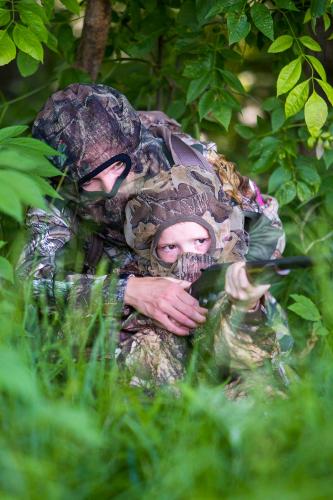
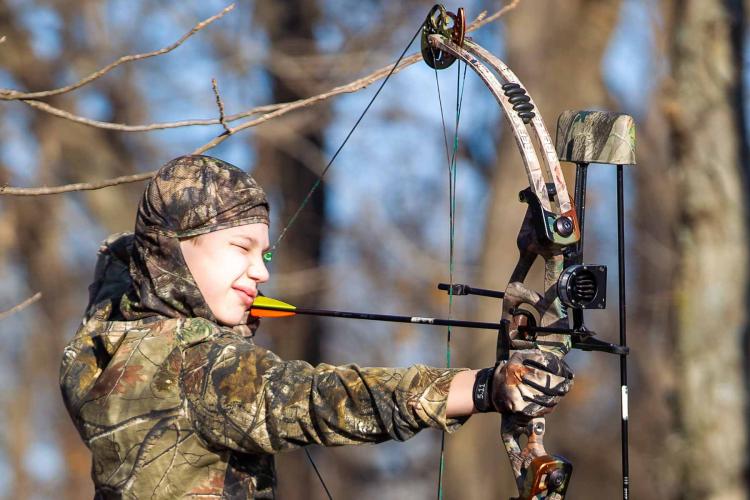
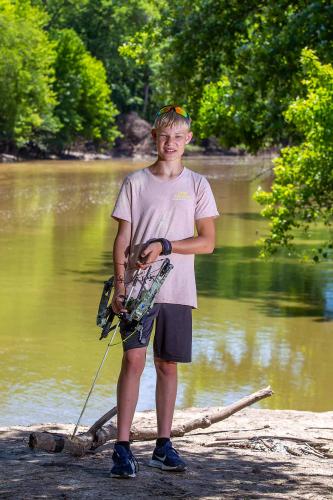
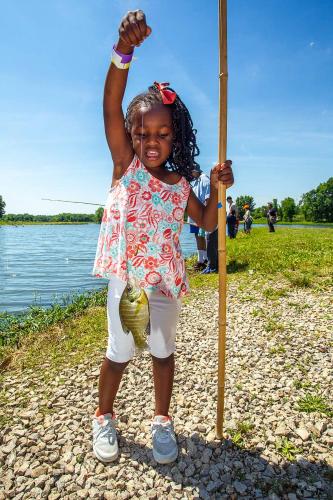
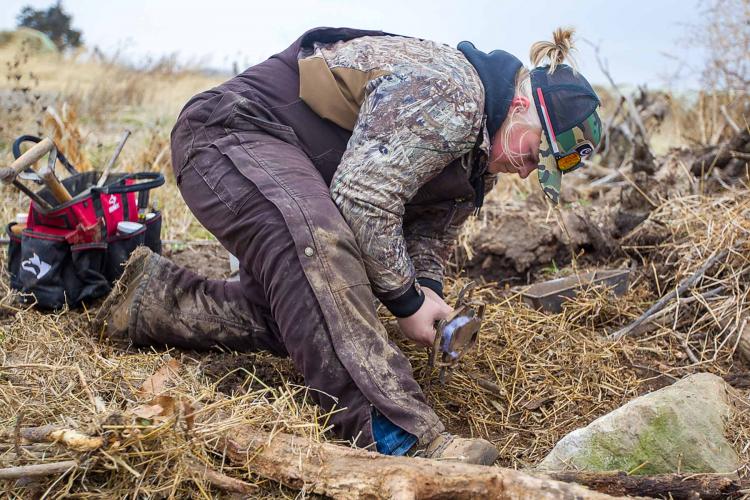
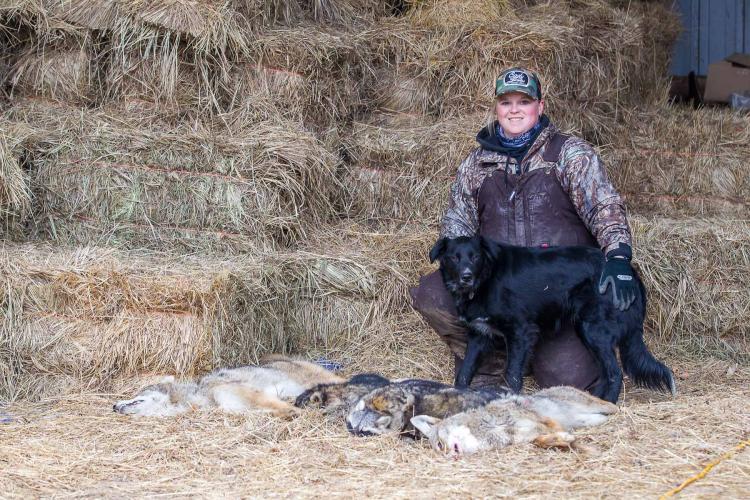
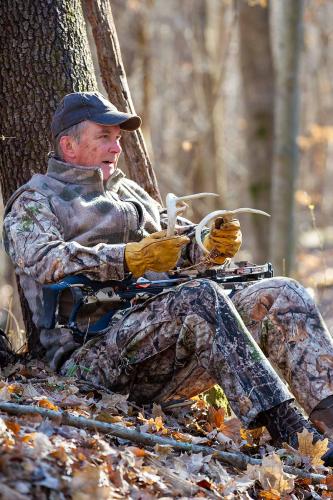
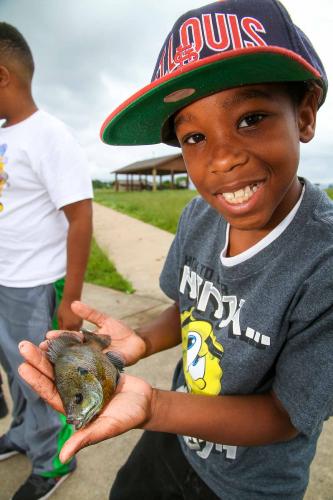
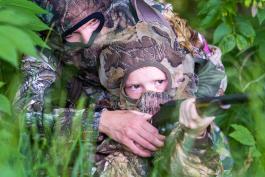
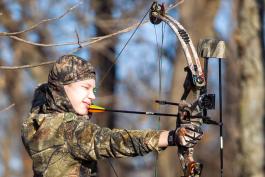
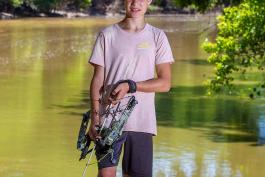


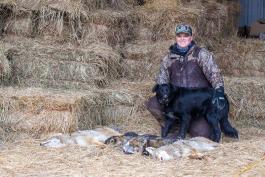
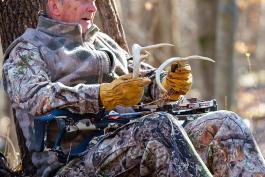
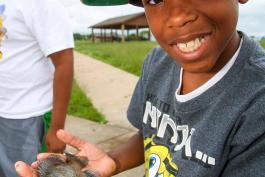
Also In This Issue

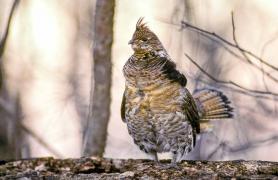
And More...
This Issue's Staff
Editor - Angie Daly Morfeld
Associate Editor - Larry Archer
Staff Writer - Bonnie Chasteen
Staff Writer - Heather Feeler
Staff Writer - Kristie Hilgedick
Staff Writer - Joe Jerek
Art Director - Cliff White
Designer - Shawn Carey
Designer - Les Fortenberry
Designer - Marci Porter
Photographer - Noppadol Paothong
Photographer - David Stonner
Circulation - Laura Scheuler






















